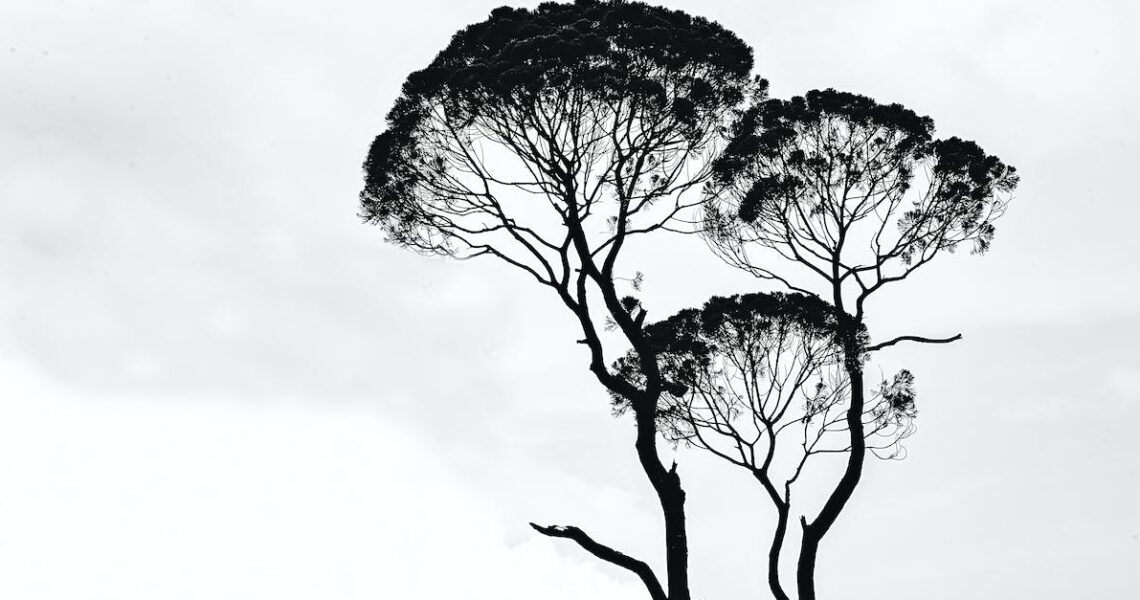Exploring the Depth of African Art and its Global Influence
The global art scene reckons with the aesthetic wealth and immense power that African Art brings to the table. Its multifaceted forms and profound symbolism do not just reveal the richness of African heritage but also give us a gateway to understand the intricate aspects of African culture. This blog post explores the depth of African Art and how it fosters a significant influence globally.
The global art scene reckons with the aesthetic wealth and immense power that African Art brings to the table. Its multifaceted forms and profound symbolism do not just reveal the richness of African heritage but also give us a gateway to understand the intricate aspects of African culture. This blog post explores the depth of African Art and how it fosters a significant influence globally.
The Origin and Evolution of African Art
African Art has roots nestled deep into the prehistoric era, where the earliest forms were predominantly rock art and cave paintings. As humans evolved and formed communities, the art also transitioned to incorporate various elements ranging from sculpture, pottery, textiles, and jewelry. African Art transcends beyond mere physical representation; it is intrinsically tied to the continent’s spiritual, political, and social fabrics.
In West Africa, for instance, bronze casting techniques used during the 9th century have given birth to some of the most remarkable bronze sculptures in the history of art. Similarly, various rock art sites across Southern Africa provide a comprehensive timeline of human evolution and societal development in the region.
Africans Art: A Symbolism of Life
Across the vast African continent, art forms vary according to the myriad ethnic groups, each with its unique set of values and traditions. African Art is deeply rooted in symbolism, and these symbols often represent significant aspects of life such as fertility, power, and ancestor worship.
Sculptures are arguably one of the most identifiable forms of African Art. For instance, the Nok civilization in what is now modern-day Nigeria is known for clay figures presenting fascinating details about their society and religious beliefs. Similarly, the Akan people of West Africa use primarily gold and bronze to create intricate sculptures symbolizing authority and status.
The Melting Pot of African Textiles
African textiles form an important facet of African Art that reflects the continent’s social and historical landscapes. Not only do these textiles mirror the artisan’s creativity, but they also tell stories and capture the spirit of African life. Undoubtedly, the richness and diversity of African textiles have become globally sought-after treasures.
Examples such as the vibrantly dyed Kente cloth originating from Ghana, or the intricate Bogolanfini or ‘Mud Cloth’ from Mali, have found their way into global fashion, interior design, and fine art.
African Art on the Global Canvas
African Art’s influence transcends continents and generations, reaching far beyond the African borders and finding acknowledgment and respect in various corners of the globe. In the early 20th century, it was a vital catalyst for Modernism’s birth as artists like Pablo Picasso and Henri Matisse found inspiration in African Art’s abstract forms and emotional intensity. It continued to make waves in the global art scene, influencing movements like Cubism, Fauvism, and Expressionism.
The spectrum of African Art’s influence has also expanded into the contemporary creative industries and pop culture. It sparks dialogue in areas like Fashion, Music, Literature, and Film, infusing freshness and diversity. Afrofuturism – a cultural movement that combines African diaspora culture with technology has taken the world by storm, from the music of OutKast to the worldwide success of the Marvel movie Black Panther.
Reviving African Art through Virtual Reality
With the advent of technology, African Art has traveled digital pathways, telling its story to a broader, more diverse audience. For instance, institutions like The Smithsonian have adopted advanced Virtual Reality technology to present a life-like experience of African Art exhibits to anyone with an internet connection. Such initiatives increase awareness and understanding of African Art, solidifying its stature in history and encouraging new generations to carry forward its legacy.
In conclusion, African Art’s journey through centuries and across continents carries the quintessential essence of Africa’s rich cultural tapestry. Its potential to inspire, to communicate, and to transcend amplifies its position as an integral part of the global art space. Its influence and impact continue to ripple outwards, intertwining with the world’s cultural and creative life-threads.
African Art: The Sun is Yet to Set
In this dedicated exploration of African Art and its global impact, it becomes apparent that African Art’s influence is not merely historical but continues to evolve and shape various sectors worldwide. Rooted deep in ancient practices yet continually adapting, its journey is far from over, and no doubt, the sun is yet to set on the global reach of African Art.
